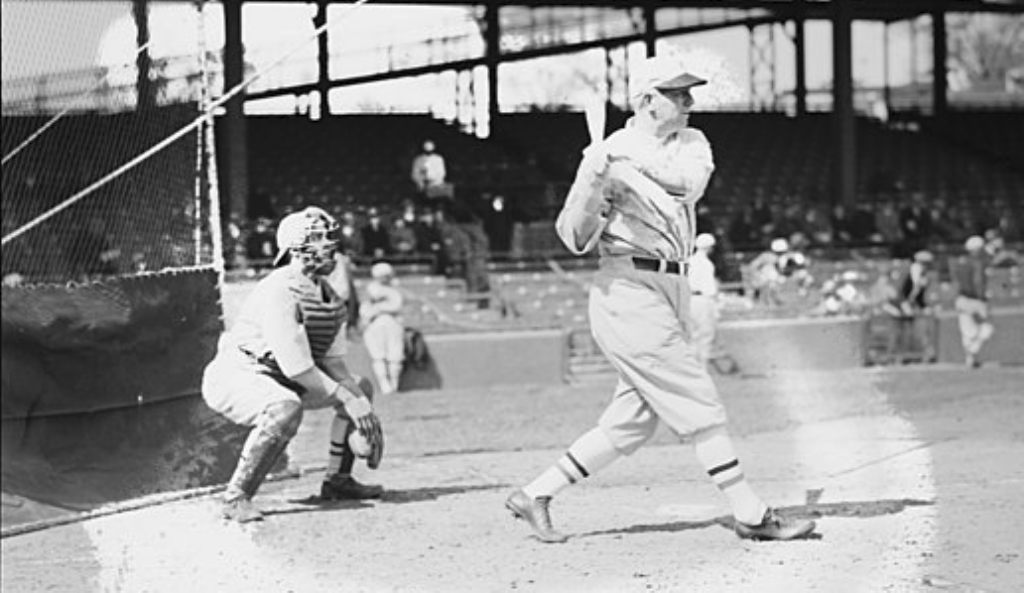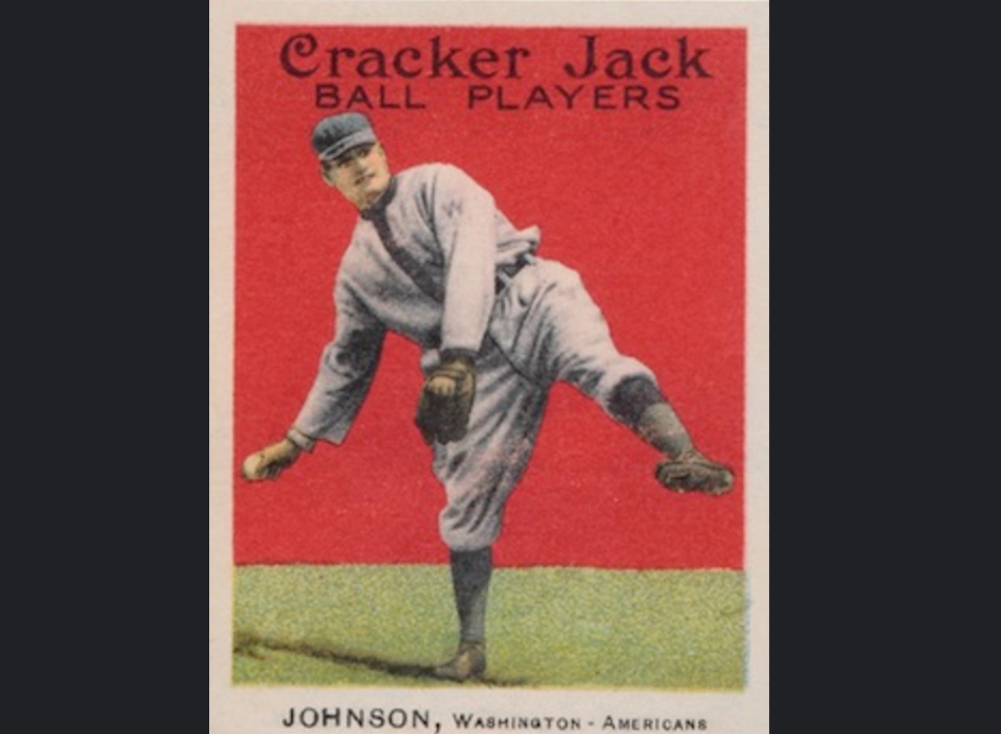Bob McAdoo Basketball Hall of Fame
"Doo" was one of the most dominant scorers in NBA history. He played for seven different teams over 14 seasons, averaging 22.1 points per game for his career. McAdoo was a five-time All-Star, a two-time NBA scoring champion, and the 1975 NBA MVP.
McAdoo's best season came in 1974-75, when he led the Buffalo Braves to the playoffs and averaged 34.5 points per game. He was named the NBA MVP for his performance.
McAdoo's career was slowed down by injuries in the late 1970s and early 1980s, but he still managed to play at a high level. He won two NBA championships with the Los Angeles Lakers in 1982 and 1985.
McAdoo retired from the NBA in 1986. He was inducted into the Naismith Memorial Basketball Hall of Fame in 2000.
Spencer Haywood Hoops HOF Legend
Spencer Haywood wasn't your typical NBA player. His journey to professional basketball defied convention and ultimately challenged the league's eligibility rules, sparking a landmark legal battle with lasting consequences. This essay explores the remarkable career of Spencer Haywood, a talented player whose impact transcended statistics and redefined the NBA landscape.
Early Life and the Callenge of a Rising Star
Haywood's brilliance manifested early. Despite a standout high school career, his path to college was obstructed by segregationist policies within the NCAA. He opted to play in the fledgling American Basketball Association (ABA) before being drafted by the Denver Nuggets in 1970. However, the NBA refused to recognize his eligibility due to a rule barring players who left college before their senior year.
Due to his exceptional performance and talent, Haywood was cast on the roster of the 1968 U.S. Olympic team at age 19, becoming the youngest American basketball player in Olympic history. He was a member of that exciting teams that captured Olympic gold 1968. Unable to join an NBA or ABA team due to his limited time in school, the ABA made a hardship exemption so that Haywood could sign on with the Denver Rockets after they drafted him. Spencer led the ABA in both scoring at 30.0 points per game and rebounding at 19.5 rebounds per game as a rookie.
Haywood, determined to play in the NBA, challenged the league's rule in court. In a landmark case known as "Spencer Haywood vs. National Basketball Association," he argued that the rule unfairly restricted his ability to earn a living. In 1971, Haywood prevailed, paving the way for players to enter the NBA after their junior year in college. This landmark decision, known as the "Spencer Haywood Rule," had a profound impact on the NBA. It ushered in an era of younger, more talented players entering the league sooner, ultimately increasing its overall quality and excitement.
Legacy and Basic Bio
Haywood's on-court career, though overshadowed by the legal battle, was nonetheless impressive. A dominant power forward, he averaged over 20 points and 10 rebounds throughout his career, earning All-Star honors four times. He played for several teams, including the Los Angeles Lakers and the New York Knicks, showcasing his versatility and scoring prowess.
Born April 22, 1949, in Silver City, Mississippi, was Naismith Memorial Basketball Hall of Fame forward Spencer Haywood. Growing up in a family of poor sharecroppers in Mississippi, Haywood overcame by his talent and skill on the hard courts in both high school and college. Spencer enrolled at Trinidad State Junior College in Trinidad, Colorado, during the 1967–68 college season, where he averaged 28.2 points and 22.1 rebounds per game.
He would go on to play with the Seattle Super Sonics, New York Knicks, New Orleans Jazz, Los Angeles Lakers, Italy's Reyer Venezia, and the Washington Bullets. He was part of the 1980 NBA Champion Lakers; an NBA All-Star 1972–75; ABA All-Star Game MVP 1970. NBA Jersey 24.
Dennis Rodman Top NBA Defender
-Rise to Hoops Stardom
Rodman's journey to basketball stardom wasn't linear. Drafted late in the second round by the Detroit Pistons in 1986, he initially struggled to find his place. However, under coach Chuck Daly, Rodman blossomed into a defensive force. His relentless hustle, exceptional rebounding instincts, and ability to defend multiple positions made him a perfect complement to the Pistons' "Bad Boys" era. Despite limited offensive skills, Rodman's impact was undeniable. He led the NBA in rebounds for a record seven consecutive seasons (1992-1998) and played a crucial role in Detroit's back-to-back championships in 1989 and 1990.
Rodman's unconventional personality often overshadowed his talent. His well-publicized off-court antics, including late nights and flamboyant appearances, created friction with coaches and teammates. Yet, his competitive fire on the court remained undeniable. In 1995, he joined the Chicago Bulls, forming a formidable partnership with Michael Jordan and Scottie Pippen. Despite initial concerns about his fit, Rodman thrived under Phil Jackson's system, focusing his energy on rebounding and defense, contributing to the Bulls' historic three-peat in 1996, 1997, and 1998.
- Legacy of the Worm
Rodman's career transcended statistics. He brought a level of intensity and focus to the defensive end rarely seen before. His ability to disrupt opponents' plays and secure rebounds allowed his teammates to flourish on offense. He redefined the role of the power forward, showcasing that success could be achieved outside the traditional mold.
-Basic Information and Early Life
Born May 13, 1961, in Trenton, New Jersey, was Naismith Memorial Basketball Hall of Fame Forward Dennis Rodman. Known as the Worm, Rodman was a defensive and rebounding phenom during his playing days. Dennis played for the Detroit Pistons, San Antonio Spurs, Chicago Bulls, Los Angeles Lakers, and Dallas Mavericks of the NBA. He earned NBA All-Defensive First Team honors seven times and won the NBA Defensive Player of the Year Award twice. He also led the NBA in rebounds per game for a record seven consecutive years and won five NBA championships. On April 1, 2011, the Pistons retired Rodman's No. 10 jersey.
Lou Hudson Basketball Hall of Fame Star
Hudson's jersey number has been retired by both the Atlanta Hawks and the University of Minnesota.
Gail Goodrich and His Finesse and Fury of A Hall of Fame Legacy
Goodrich's basketball journey began in Los Angeles, where he honed his skills on the playgrounds before starring for UCLA under the legendary coach John Wooden. Playing alongside Walt Hazzard, Goodrich formed a dynamic duo that led the Bruins to their first two NCAA championships in 1964 (a perfect 30-0 season) and 1965. In the 1965 title game, Goodrich solidified his legacy by scoring a then-record 42 points against Michigan, cementing his reputation as a clutch performer.
Drafted by his hometown Los Angeles Lakers in 1965, Goodrich quickly transitioned to the professional level. While he shared the spotlight with the dominant center, Wilt Chamberlain, Goodrich's contributions were undeniable. He played a cerebral brand of basketball, utilizing his intelligence and court vision to create scoring opportunities for himself and his teammates. His quick release and ability to shoot from anywhere on the court earned him the nickname "Stumpy" despite his average height.
After three seasons with the Lakers, Goodrich was traded to the Phoenix Suns, a move that would prove to be a turning point for both player and team. He emerged as the Suns' scoring leader, captivating fans with his electrifying performances. His influence extended beyond the court; he played a pivotal role in establishing Phoenix as a legitimate contender and paved the way for future superstar point guards like Kevin Johnson and Jason Kidd.
In 1970, Goodrich made a triumphant return to the Lakers, reuniting with Chamberlain for another shot at the title. The 1971-72 season proved to be a golden year for the Lakers, with Goodrich emerging as the team's leading scorer. He played a pivotal role in their record-breaking 33-game winning streak and their eventual NBA championship victory. This cemented his status as a true champion, both in college and the professional ranks.
Goodrich's career continued for several years, playing for the Lakers and New Orleans Jazz (now Utah Jazz) until his retirement in 1979. He finished with impressive career averages of 18.6 points per game and was selected to five NBA All-Star Games. More importantly, he earned respect from coaches, teammates, and fans for his sportsmanship and intelligence on the court.
Gail Goodrich's legacy extends beyond his accolades. He was one of the first players to fully utilize the jump shot, paving the way for future shooting guards. His success with both UCLA and the NBA further blurred the lines between college and professional basketball, demonstrating the value of a balanced skillset at the highest levels. In 1996, Goodrich's basketball brilliance was recognized by his induction into the Naismith Memorial Basketball Hall of Fame.
Vlade Divac Basketball Ambassador and NBA Star
Divac spent most of his career with the Lakers (1989-1996), Sacramento Kings (1999-2004), and a brief stint with the Charlotte Hornets (1996-1998). While never an All-Star, his contributions were undeniable. He averaged 11.8 points, 8.2 rebounds, and 3.1 assists over 16 seasons, amassing over 13,000 points, 9,000 rebounds, and 3,000 assists, joining an elite company of all-around greats.
Beyond statistics, Divac's legacy lies in his impact on the league's global landscape. He paved the way for countless European players, proving their talent could translate to NBA success.
The above image, courtesy of Wikimedia Commons and MavsFan28 cropped image of Vlade Divac in 2003.
Karl Malone
May 27 NBA History
May 27, 2009: The Day Kobe Bryant Gambled and the Lakers Became Champions is remembered by the Bleacher Report in this article












